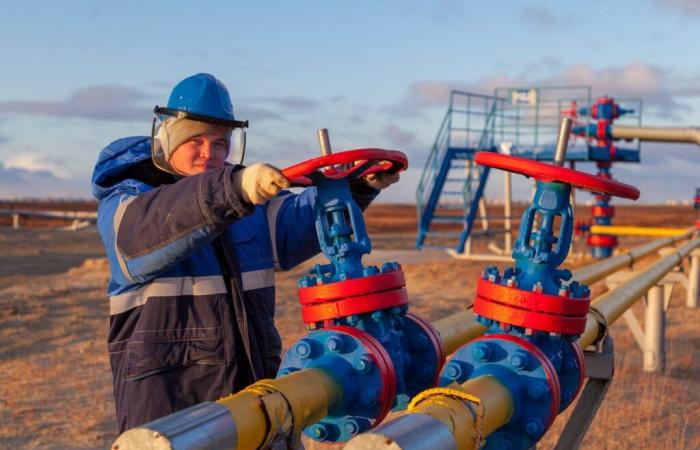Since the November 16, 2024Russia has officially stopped shipping natural gas to Austria. The decision, taken by Gazpromfollows a legal conflict with the Austrian company OMV. Although this rupture was anticipated, its repercussions on the European and Austrian energy sector are profound, both economically and geopolitically.
Why is Gazprom cutting off the gas tap to Austria?
The cessation of deliveries comes amid growing tensions between Russia and its former European partners, aggravated by the war in Ukraine. The specific conflict between Gazprom and OMV arises from an international arbitration decision which awarded OMV financial compensation of 230 million euros, in response to delivery interruptions occurring in 2022. As a response, Gazprom suspended its exports to Austria, a choice which is in line with a broader strategy to reduce its flows to Europe, which began in 2022.
This decision is also indicative of a strategic repositioning of Gazprom. By reducing its role in the European market, the Russian giant seems to be focusing its efforts on Asian partners, notably China, while exerting indirect pressure on European countries still dependent on its supplies.
L’Austria is still very dependent on Russian gas
Austria, historically dependent on Russian gas, has seen its energy landscape disrupted. Since 2022, the country has significantly diversified its sources of supply, reducing its dependence on Russia from 90% to around 50% in two years. This diversification is mainly based on imports from Germany, Italy and the Netherlands, but it has not eliminated the pressure represented by the cessation of Russian deliveries.
In economic terms, the suspension has led to increased energy costs for Austrian households and businesses. Although storage reserves are currently 93% full, the main challenge lies in managing needs during winter, the period when energy demand is highest. The Austrian government has assured that these reserves will be sufficient, but analysts remain cautious about this assertion.
On the industrial side, energy-intensive companies are particularly affected. A prolonged rise in energy costs risks weighing on their competitiveness, while certain sectors could be forced to reduce their production in the event of a shortage.
Implications for the European gas market
Beyond Austrian borders, this decision by Gazprom exacerbates tensions on the European energy market. If the European Union's overall dependence on Russian gas has considerably decreased since the start of the conflict in Ukraine, certain countries, such as Hungary and Slovakia, remain very vulnerable to this type of cut.
Prices on spot markets immediately reacted to the announcement, registering a notable increase. European market players fear that winter will test the resilience of the energy network, particularly in the event of prolonged cold spells. At the same time, the uncertainty generated by this situation could slow down investments in long-term infrastructure, such as regasification terminals for liquefied natural gas (LNG).
Energy still a lever of pressure for the Kremlin
The suspension of deliveries to Austria illustrates a broader trend in Russia's energy policy. Since 2022, Moscow has used its energy resources as a lever of influence, redirecting its exports to Asian markets. This strategy has important implications for Europe, which must not only find alternatives to Russian gas, but also accelerate its energy transition.
For Austria, this crisis highlights the need to strengthen its energy independence. This could involve increased diversification of sources, but also investment in renewable energies and optimization of energy efficiency. More generally, the situation highlights the limits of excessive dependence on a single supplier, a risk that the European Union has sought to eliminate since the start of the war in Ukraine.
| Situation before 2022 | Current situation (2024) | Short-term consequences | |
|---|---|---|---|
| Dependence on Russian gas in Austria | 90% | 50% | Pressure on costs and imports. |
| Storage capacity Austrian | 75% | 93% | Sufficient for winter, but subject to moderate demand. |
| Share of Russian imports of gas | 40% (European level) | Less than 10% | Rising prices on European markets. |
| Gas prices (Dutch TTF) | Stable (before 2022) | Volatile, +10% over one week | Impact on households and industries. |
| Diversification of sources | Very limited | Germany, Italy, Netherlands | Increased logistics costs. |






